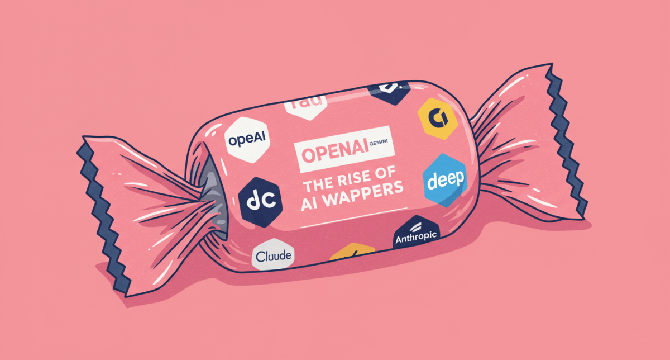VC Cafe
2M
406

Image Credit: VC Cafe
Are AI Wrappers Investable? The Case For and Against
- Investing in AI wrappers poses both opportunities and challenges due to the fast-evolving nature of the AI landscape.
- AI wrappers leverage existing AI models to offer specialized functionality, making AI capabilities accessible for specific purposes.
- Arguments for investing in AI wrappers include demonstrated revenue, rapid development, solving real problems, and lowering costs with open-source AI models.
- Investors are attracted to AI wrappers with strong teams, niche focus, strategic execution, and potential for market acquisition.
- Concerns against investing in AI wrappers involve market saturation, reliance on third-party models, lack of proprietary moats, and questionable long-term sustainability.
- Factors that make AI wrappers more investable include proprietary data sources, deep vertical integration, exceptional user experience, and strong monetization.
- Successful AI wrappers go beyond basic interfaces, solve specific niche problems, and offer end-to-end solutions, making them attractive for investors.
- The key to investing in AI wrappers lies in identifying teams that build defensibility and deliver unique value beyond simple API functionalities.
- While some AI wrappers may face challenges, those that innovate, differentiate, and demonstrate strong market fit are considered highly investable.
- Ultimately, the success of AI wrappers is determined by factors like strategic vision, execution, user need, and differentiation rather than just the underlying AI technology.
Read Full Article
24 Likes
For uninterrupted reading, download the app